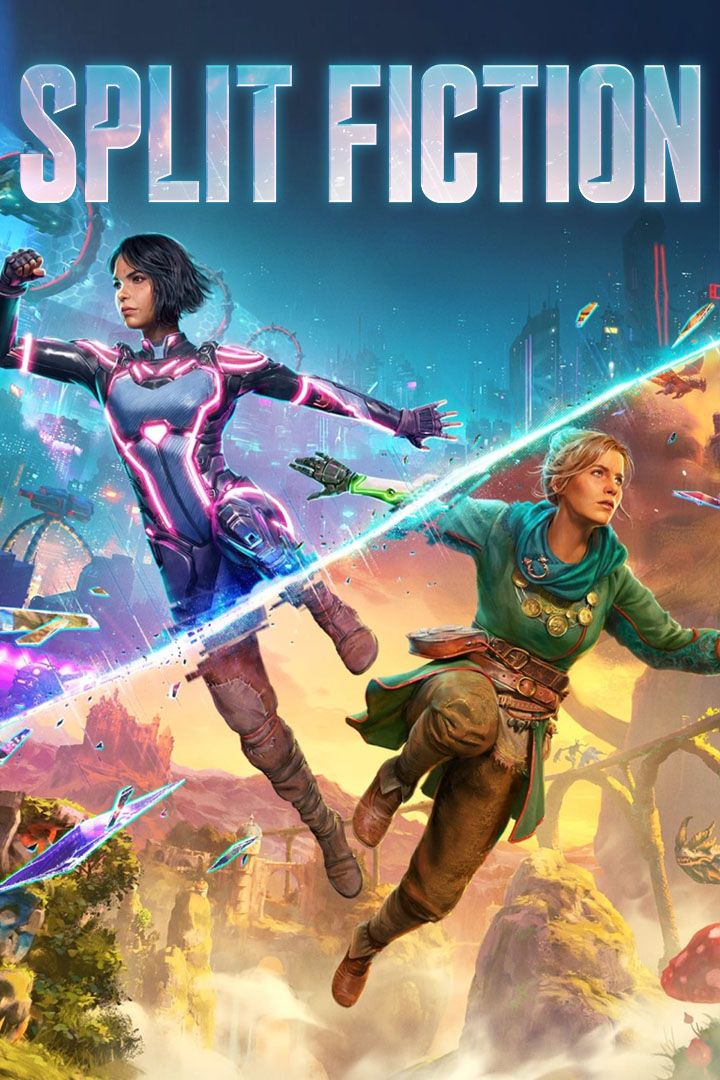There’s no doubt that Split Fiction is a visually stunning game, often making you and your co-op partner stop to admire the scenery. However, those impressive visuals come at a cost. While the game’s system requirements are modest, some players with weaker hardware may still struggle with performance.

Related
Split Fiction: Burning Questions Answered
Get answers to burning questions about Split Fiction. Learn about its release date, system requirements, available platforms, and more.
The guide below provides optimized graphics settings to help boost your frame rate while maintaining crisp, beautiful visuals, ensuring you won’t be distracted by lag, stuttering, or visual artifacts.
Best Graphics Settings For Split Fiction
Split Fiction doesn’t offer as many graphics settings to tweak as some modern games. However, it provides enough options to help you maximize performance. If you’re struggling to reach the coveted 60 FPS mark, these optimized settings will enhance the visuals while ensuring smoother gameplay.
|
Graphical Option |
Description |
Recommended Setting |
|---|---|---|
|
Window Mode |
This setting determines whether the game uses the entire screen or only a portion of it. Borderless Windowed mode allows for smoother Alt + Tabbing. |
Borderess Windowed |
|
Anti-Aliasing / Upscaling |
This setting determines which upscaling and antialiasing technology is used. |
DLSS (RTX GPU) / FSR 3.1 |
|
Upscaling Mode |
This setting determines how low the render resolution will be before being upscaled. |
|
|
VSync |
This setting syncs the game’s frame rate to your monitor’s refresh rate. Turn it on if you have a 144Hz or higher monitor. |
On |
|
Framerate |
This setting applies a custom framerate cap. Choosing the FPS cap below your average framerate can smooth out the frametime graph. |
Personal Choice |
|
Texture Quality |
This setting determines the quality of the game’s textures. It has no impact on performance if the GPU VRAM limit isn’t reached. |
|
|
Shadow Quality |
This setting determines the quality of various shadows in the game. |
High |
|
Detail Level |
This setting determines the level of detail of various far away objects in the game. |
Ultra |
|
Effects Quality |
This setting determines the quality of various visual effects. |
High |
|
Shader Quality |
This setting determines the quality of lighting, special effects, environmental detail, and more. |
Medium |
|
Anisotropic Quality |
This setting determines the quality of textures when looked at from an angle. |
16x |
|
Post Processing Quality |
This setting determines the quality of bloom along with reflections and ambient occlusion. |
Ultra |
Don’t forget to turn off Camera Shake if you experience headaches. You’ll find this option in the Camera Settings menu — it’s the first option, so it’s easy to spot.












Leave a Reply